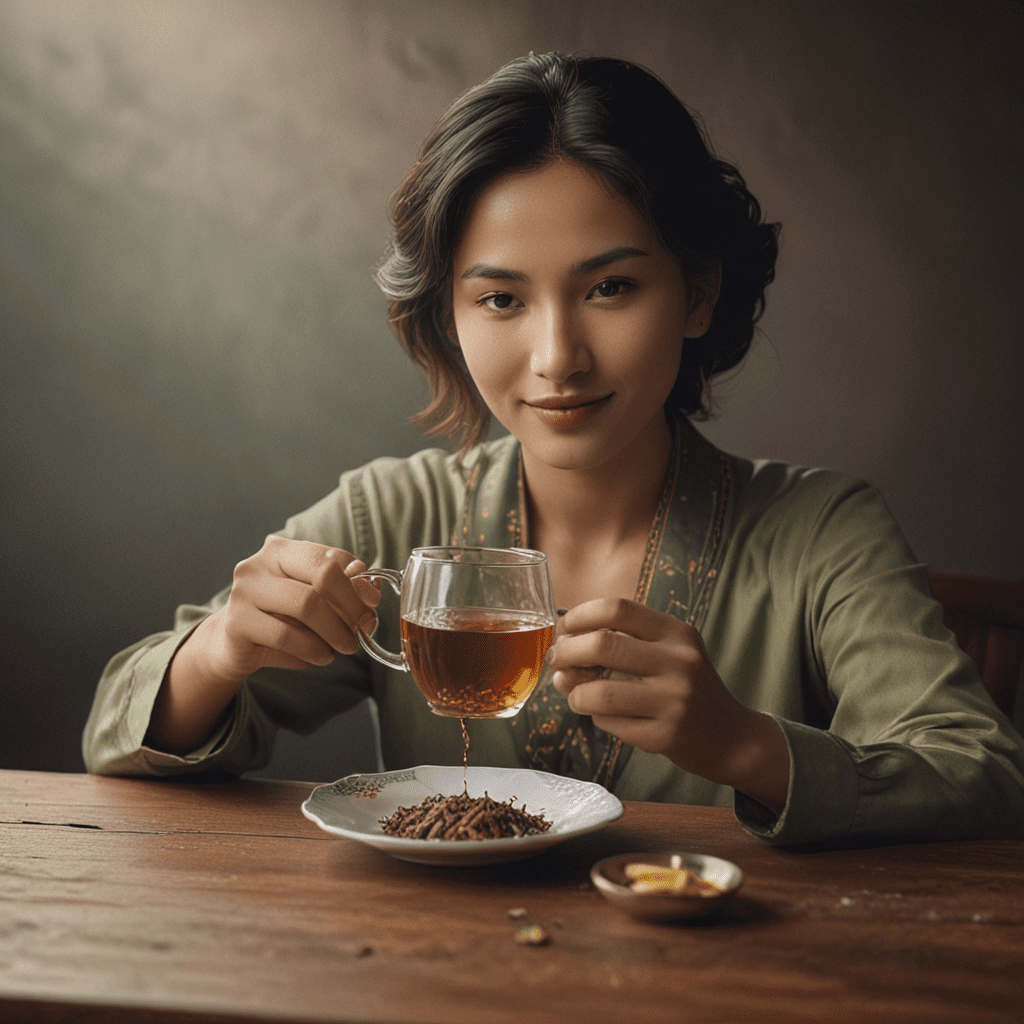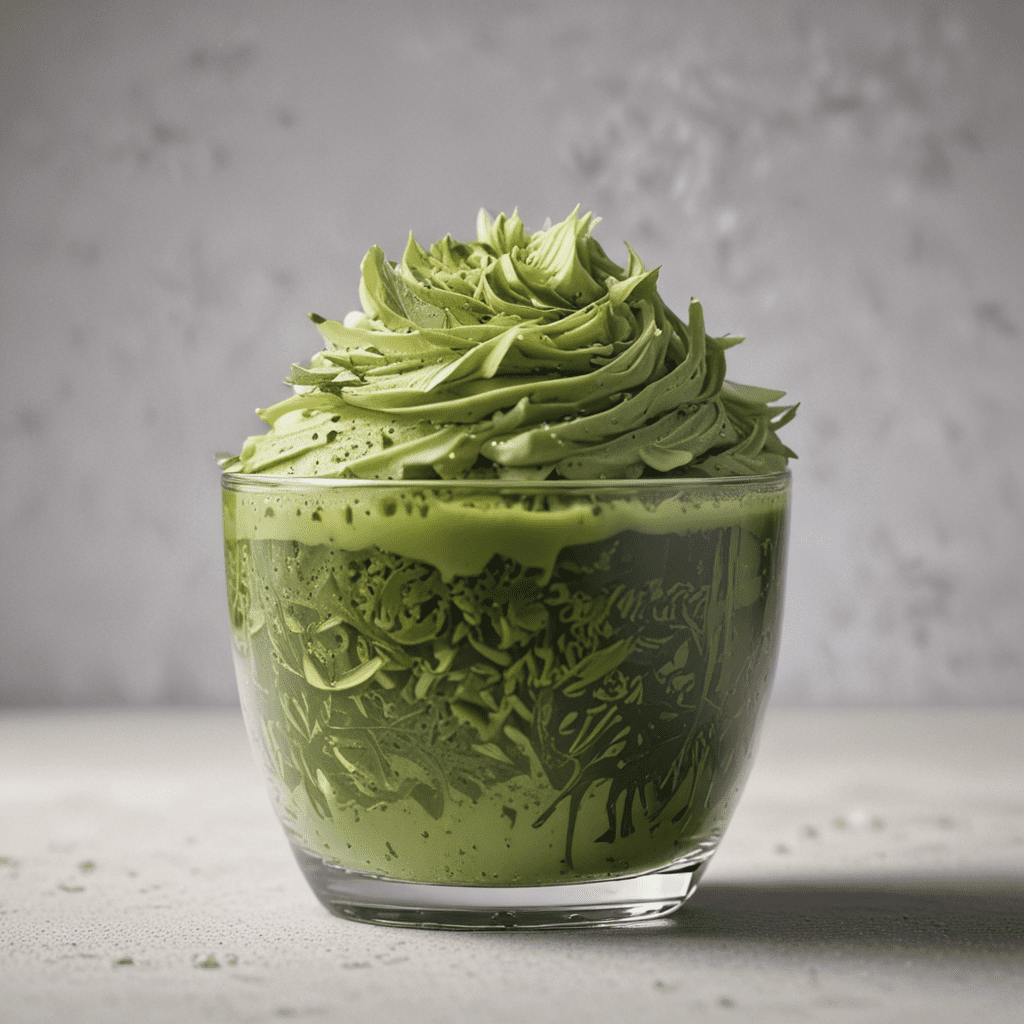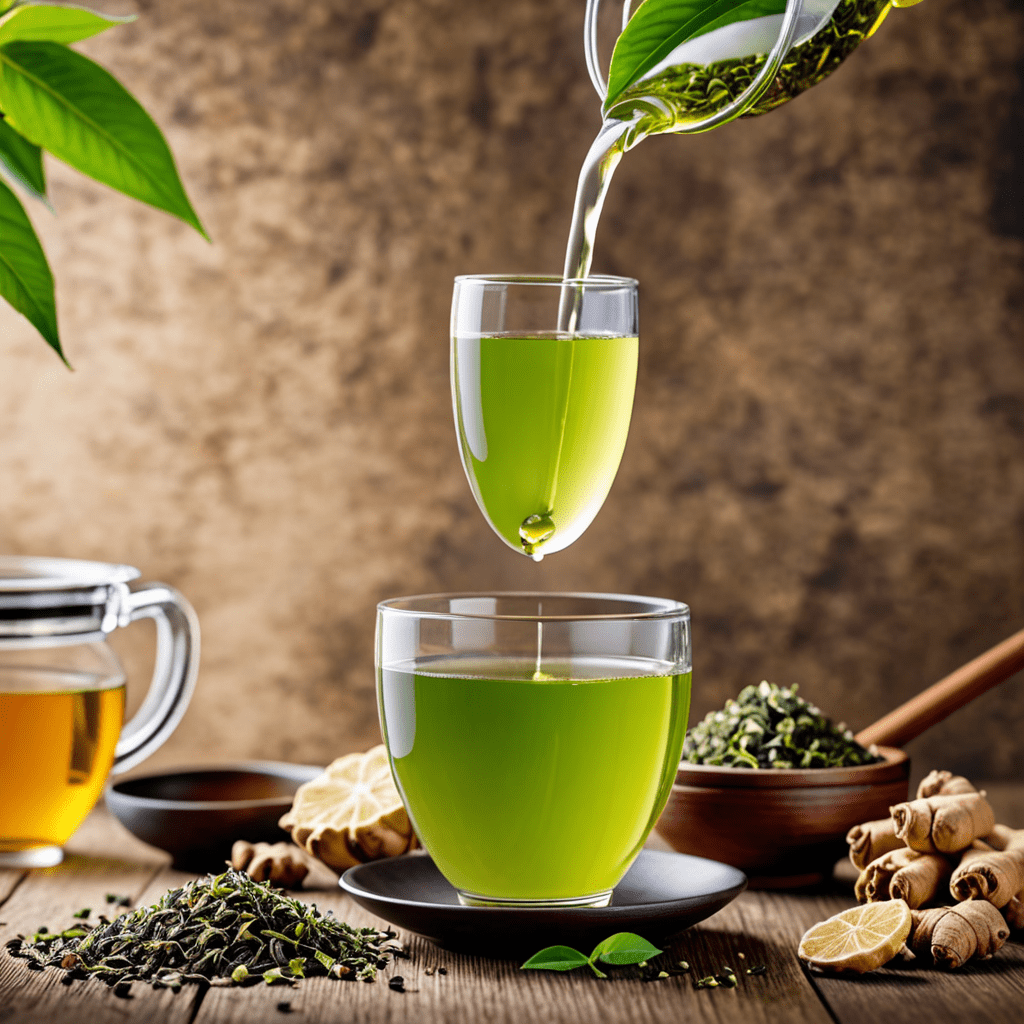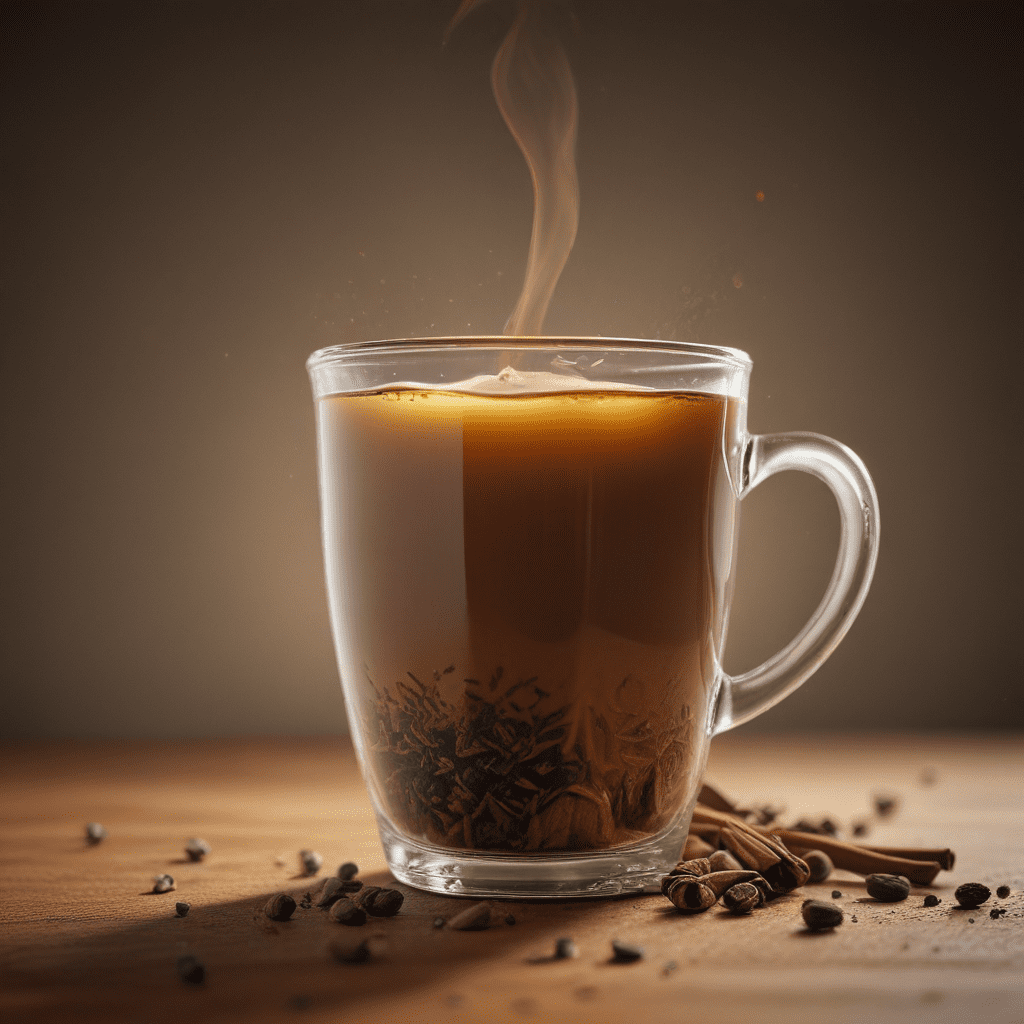
Embracing the Elegance of Darjeeling Tea Rituals
The Allure of Darjeeling Tea: A Treasured Legacy
Darjeeling tea, a celebrated brew from the mystical hills of India, holds a legendary status in the world of tea. Renowned for its delicate flavor, exquisite aroma, and vibrant hues, it has captivated the hearts of tea enthusiasts for centuries. The allure of Darjeeling tea lies in its unique terroir, a combination of factors, including geography, climate, and soil, bestowing upon its leaves an unparalleled character.
The Art of Tea Cultivation in Darjeeling: Nurturing Nature’s Finest
Nestled amidst the grandeur of the Himalayas, the tea gardens of Darjeeling are a testament to the art of tea cultivation. The region's high altitude, temperate climate, and abundant rainfall create the ideal conditions for the growth of tea bushes. Dedicated tea planters meticulously care for the plants, using traditional and sustainable practices that have been passed down through generations. The result is a harvest of exceptionally high-quality tea leaves, prized for their subtle nuances and exquisite flavor profile.
Harvesting the Precious Leaves: A Symphony of Skill and Tradition
The harvesting of Darjeeling tea leaves is a delicate and time-honored tradition. From March to November, skilled tea pluckers carefully select the two youngest leaves and a bud from each tea bush. The leaves are then gently rolled and transported to the factory for processing. This meticulous attention to detail ensures that only the finest leaves are used to create the exceptional Darjeeling tea that graces teacups around the world.
The Journey of Darjeeling Tea: From Plantation to Delicacy
Once harvested, the precious Darjeeling tea leaves embark on a journey that transforms them into the exquisite beverage we savor. The leaves are meticulously processed using time-honored techniques. First, they undergo a process of withering, where they are spread out on shelves to lose moisture and enhance their flavor. Next, the leaves are rolled, which helps to release their essential oils and aromas. Finally, the leaves are oxidized, a process that gives Darjeeling tea its characteristic color and depth of flavor.
Preparing the Perfect Cup: A Ceremonial Dance of Taste and Aroma
Preparing the perfect cup of Darjeeling tea is an art form in itself. The ideal brewing temperature is between 180 and 190 degrees Fahrenheit. The leaves should be steeped for 3-5 minutes, depending on the desired strength. The resulting brew is a symphony of taste and aroma, boasting a delicate balance of astringency, sweetness, and muscatel notes. The experience is further enhanced by the use of fine china or porcelain cups, which allow the tea's complex character to shine through.
The Darjeeling Tea Ritual: A Symphony of Senses
The consumption of Darjeeling tea transcends mere beverage enjoyment and transforms into a sensory ritual. The delicate aroma, the vibrant color, and the smooth texture invite heightened awareness and contemplation. Each sip reveals layers of flavor, from the initial burst of freshness to the lingering finish. The ritual of Darjeeling tea is a celebration of the senses, a moment of serenity in the midst of a bustling world.
The Etiquette of Darjeeling Tea: Respecting the Heritage
Darjeeling tea is steeped in tradition, and with tradition comes etiquette. When attending a formal Darjeeling tea ceremony, it is customary to avoid adding milk or sugar to the brew. These additions can overpower the tea's delicate flavor profile and detract from its intrinsic character. Instead, savor the tea in its pure form, allowing its subtle nuances to dance upon the palate.
Pairing Perfection: Accompaniments to Enhance the Darjeeling Experience
While Darjeeling tea is best enjoyed on its own, certain accompaniments can enhance its flavors. Shortbread cookies, with their buttery sweetness, provide a delightful contrast to the tea's astringency. Alternatively, delicate sandwiches with savory fillings, such as smoked salmon or cucumber, complement the tea's refreshing character. Whatever the accompaniment, the focus should always be on enhancing the tea's unique taste, rather than overpowering it.
Frequently Asked Questions
What is the difference between Darjeeling tea and other black teas?
Darjeeling tea is distinguished by its unique terroir, which imparts a delicate and nuanced flavor profile. The high altitude, temperate climate, and abundant rainfall of the Darjeeling region contribute to the tea's distinct characteristics, setting it apart from other black teas.
How can I ensure I am buying genuine Darjeeling tea?
To ensure authenticity, look for the Darjeeling Tea Association's logo on the packaging. The association verifies that the tea meets specific quality standards and originates from the Darjeeling region.
How long can I store Darjeeling tea?
Darjeeling tea should be stored in an airtight container in a cool, dry place away from direct sunlight. Properly stored, it can retain its flavor and aroma for up to 12 months.
What is the best time of day to drink Darjeeling tea?
Darjeeling tea can be enjoyed throughout the day. It is a refreshing beverage in the morning, a relaxing companion in the afternoon, and a soothing nightcap before bed.


